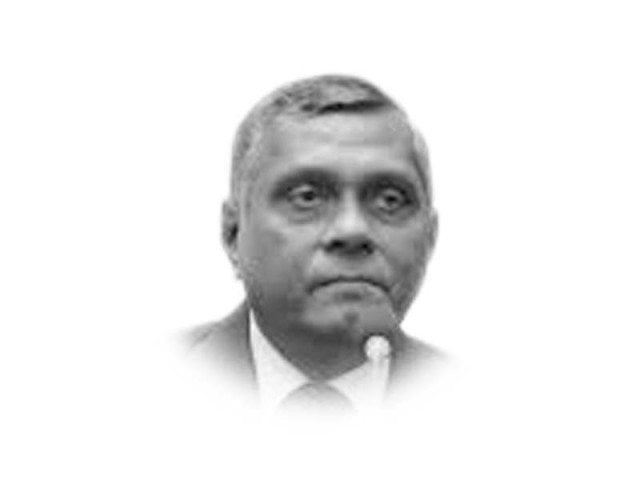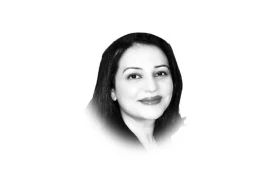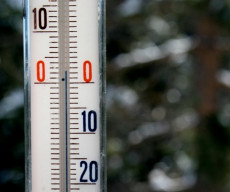
After years of stability and emergence as a role model in the realm of human and social development, Bangladesh has drifted into a massive wave of violence unleashed as a result of students’ protests against quota system. Never before in the history of Bangladesh, hundreds of students were killed in violent protests and a nation-wide curfew was imposed amid a total blackout of both mainstream and social media.
After allegations of fraudulent elections in January 2024 that saw Sheikh Hasina’s Awami League return to power for the fourth consecutive term, the volcano which had been heating up for decades against her mode of governance exploded. Now, the Supreme Court of Bangladesh’s July 21 verdict that overruled High Court’s decision of restoring quota system and scaling it to 7% reflects easing of weeks-long agitation of students. Yet, student groups in the forefront of agitation against the quota system are not ready to cease their movement, demanding an apology from Prime Minister Shaikh Hasina on large-scale killings; release of those arrested during agitation; lifting of curfew; and withdrawal of restrictions on social and mainstream media as well as the internet.
Since 1972, Bangladesh has reserved 35% of government jobs for the veterans of the 1971 War and their descendants while 20% for women, ethnic minorities, etc. In 2018, this quota system was abolished; but in June this year, it was restored by the High Court. And that galvanised the students demanding restoration of merit and abolition of quota system. July witnessed ceaseless protests by students who clashed with the student wing of Awami League and the police, leading to the deaths of 173 students. Sheikh Hasina accused protesting students of supporting razakars, the volunteers who had sided with the Pakistan military during the 1971 civil war. Such derogatory remarks by the PM further inflamed the sentiments of students who called her a dictator and demanded her resignation.
As the crisis deepened, Sheikh Hasina alleged that the protesting students were being patronised by the opposition Bangladesh Nationalist Party (BNP) and Jamaat-i-Islamic (JI) and indirectly blamed Pakistan for supporting the agitation. For the first time in the history of Bangladesh, widespread killing of students occurred amid a nation-wide curfew, a total shutdown of internet, and curbs on the media.
Despite its vibrant economic progress and human development, Bangladesh is suffering from rising inflation and massive unemployment among the youth. Opposition parties and protesting students accuse Sheikh Hasina of corruption and nepotism. After so much of bloodshed, things are unlikely to get back to complete normalcy. Reports about Prime Minister Hasina seeking support from India to quell the student agitation are disturbing because it will deepen the conflict and augment polarisation.
The present-day Bangladesh is suffering from a dilemma: after 53 years of independence, the country is facing worst dictatorial predicament which is not acceptable particularly to the student community that is now demanding of Sheikh Hasina to step down. The people of Bangladesh, having resentment against rigging and manipulation in the January 2024 elections, were waiting for an opportunity to go up in arms against the government, and they exploited the issue of quota system. The ensuing students’ protest not only weakened the Shaikh Hasina regime but also her party which is known for authoritarian and corrupt practices.
It is certain that after a cycle of bloodshed in July, Bangladesh will not be the same again and Sheikh Hasina will not be able to keep her grip on power for long. Using military to deal with the agitation and ordering the police to shoot, PM Hasina has alienated a vast majority of people. Involving militarymen in the law and order matters may give them an opportunity for further involvement in politics. Twice has Bangladesh experienced a martial law: first, after the elimination of the country’s Founder and President Sheikh Mujibur Rehman by his own military on August 15, 1975; and then in 1982 after the assassination of President Zia ur Rehman. What is the surety that the men in uniform will not topple PM Hasina’s government?
How and why Bangladesh drifted into the bloody cycle of violence needs to be analysed from three angles.
First is the organic uprising of students first against the quota system and then against the despotic rule of Sheikh Hasina. Never before in the history of Bangladesh has a student movement become so violent. Earlier, during Pakistan days, the language movement from 1952 onwards was led by students who later played a pivotal role in the creation of Bangladesh. Now, a majority of students in Bangladesh feel betrayed by the ruling elites who compromised on merit and perpetuated corruption and nepotism. Sheikh Hasina cannot get away with causing enormous casualties to students by just terming them razakars. The January 2024 elections were boycotted by the opposition parties, particularly the BNP. Amnesty International and other human rights organisations as well as the US and the EU had also expressed reservations on the election results.
Second, the lack of legitimacy for the Hasina regime galvanised the students’ protests. Besides, the surge in inflation and unemployment and the government’s reliance on patronised elements in the judiciary, bureaucracy and police led to further erosion of popular support for the government. When miscalculation, overconfidence and reliance on the Modi regime for a bailout from the prevailing crisis became obvious characteristics of Sheikh Hasina, the die was cast and it became known that her government would not be able to cope with the agitation of students.
Finally, Bangladeshi diaspora is largely against the undemocratic and alleged fascist mode of government of Sheikh Hasina which was reflected in the demonstrations held in the UAE against the violent government crackdown on students. This shows that even Bangladeshi immigrants are staging protest marches and demonstrations against Sheikh Hasina.
The way out from the prevailing crisis in Bangladesh is two-fold. First, the Sheikh Hasina regime should accept responsibility for the bloodshed and take steps to address the demands of the protesting students. Second, there should be a total withdrawal of the quota system and compliance with merit in providing jobs.












1736070587-0/Express-Tribune-(2)1736070587-0-270x192.webp)
1737452260-0/Gaddafi-stadium-(2)1737452260-0-270x192.webp)
1737531830-0/Saim-Ayub-injury-(2)1737531830-0-270x192.webp)




COMMENTS (1)
Comments are moderated and generally will be posted if they are on-topic and not abusive.
For more information, please see our Comments FAQ